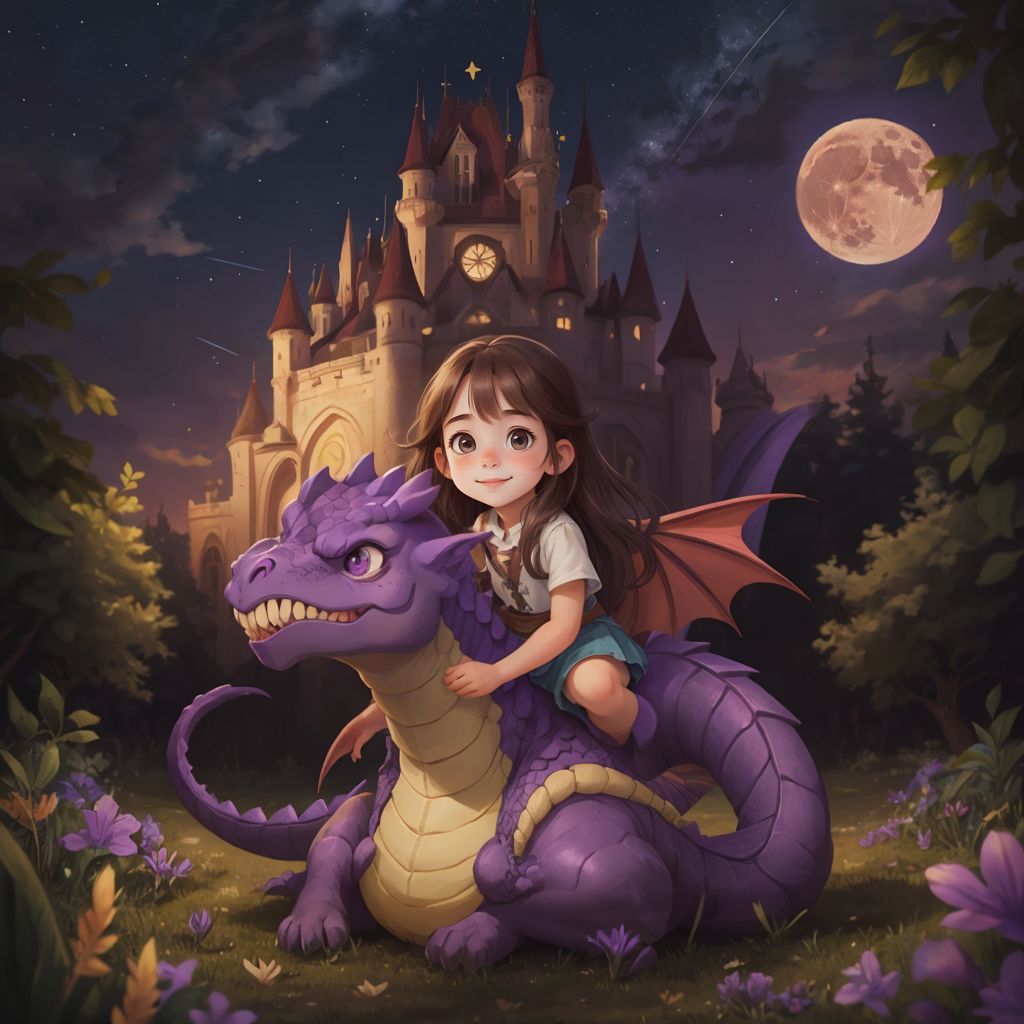

Recommend

It was a nice Saturday morning my dad asked us ”Do you wanna go to your grandma's house for lunch?” I replied with a smile ”yes, yes, yes! I would love too.” I felt so happy . I got ready I wore a plain white shirt with poofy sleeves and a green skirt with a small bow in the middle. I made my hair into a braid with a basic blue hair tie and a cute white bow

In the kingdom of Lirath, the Moonbound Oath is an ancient celestial decree that binds soulmates together through markings that appear under the full moon. When Selene, a humble healer, is unexpectedly marked as the soul-bound mate of Prince Aurelian, chaos erupts. Aurelian is already promised to Lady Evelyne, a powerful noblewoman who will stop at nothing to secure her future as queen. Determined to defy fate, Aurelian rejects the bond—only to learn that breaking the Moonbound Oath comes at a deadly cost. When Evelyne casts a forbidden spell to sever their connection, Selene is cursed, her heart slowly turning to stone. As time runs out, Aurelian must decide: will he fight against destiny, or will he risk everything—including his throne—to save the woman fate has chosen for him? With magic, betrayal, and an unbreakable bond, The Moonbound Oath is a tale of love tested by fate, where only true sacrifice can rewrite destiny. Story Idea & Elements: Romance with a Fate-Tied Twist – Instead of a traditional love story, their bond is forced by fate, but they must choose whether to accept or reject it. Fantasy World-Building – A kingdom ruled by celestial laws, where the moon determines true love. High Stakes & Magic – A life-threatening curse, a powerful villain (Evelyne), and a prince torn between love and duty. Emotional Depth & Tension – A reluctant prince, a healer with a cursed heart, and a dangerous noblewoman trying to twist fate in her favor.

Muka Surat 1 - Permulaan Di sebuah kampung kecil yang damai, tinggal seorang budak bernama Aiman. Dia terkenal kerana sikapnya yang baik, jujur, dan berani membantu orang lain.
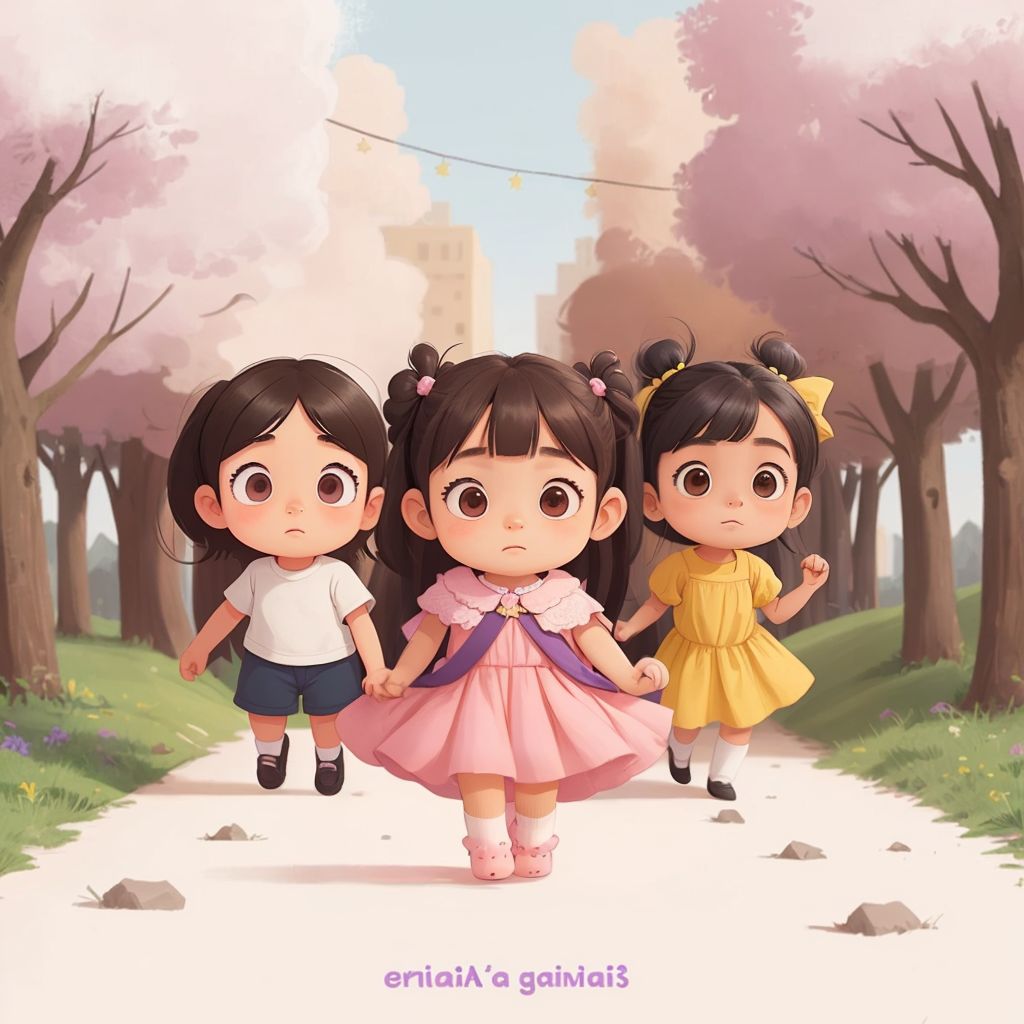
1. One sunny afternoon, Aria and her friends Kiara and Samanvita decided it was the perfect day for an adventure. 2. They dressed Chloe, Aria's playful calf known for her dazzling scarf and adventurous spirit, ready for a trip to the nearby meadow. 3. As they reached the sparkling river that sliced through the meadow like a silver ribbon, a sudden gust of wind playfully snatched Chloe’s colorful scarf from around her neck. 4. It danced through the air before landing on a branch hanging over the rushing water. 5. Without hesitation, Chloe bolted after it with Aria, Kiara, and Samanvita close behind. 6. Their chase led them over slippery rocks and under low-hanging branches. 7. They dodged buzzing dragonflies and even navigated across a rickety wooden bridge that swayed precariously with every step. 8. Finally reaching the tree clutching Chloe’s scarf in its wooden grasp, teamwork came into play. 9. Samanvita hoisted Kiara onto her shoulders while Aria guided Chloe to stand steady below. 10. With a gentle jump, Kiara retrieved the scarf amid cheers from her friends. 11. Triumphant and laughing, they made their way back home across the meadow bathed in golden sunlight. 12. The day’s adventure had not only brought back Chloe’s cherished scarf but had also woven their friendships closer together through shared laughter and brave little ventures across their enchanting world. 13. The End

A classroom detective is on the case to solve the mystery of the disappearing homework assignments!
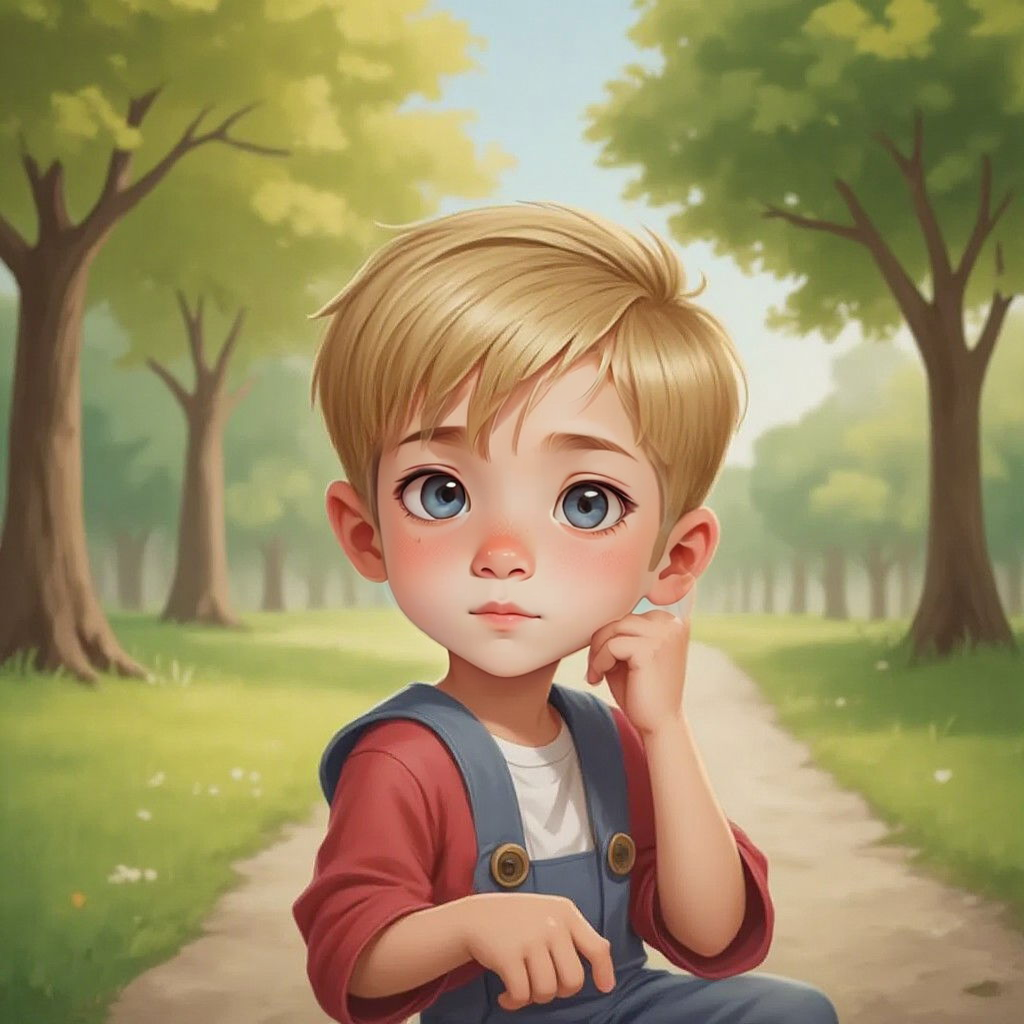
Leo age 7, has a tough time expressing what he wants. He realizes over time by helping others find their words, his true super power is his word!
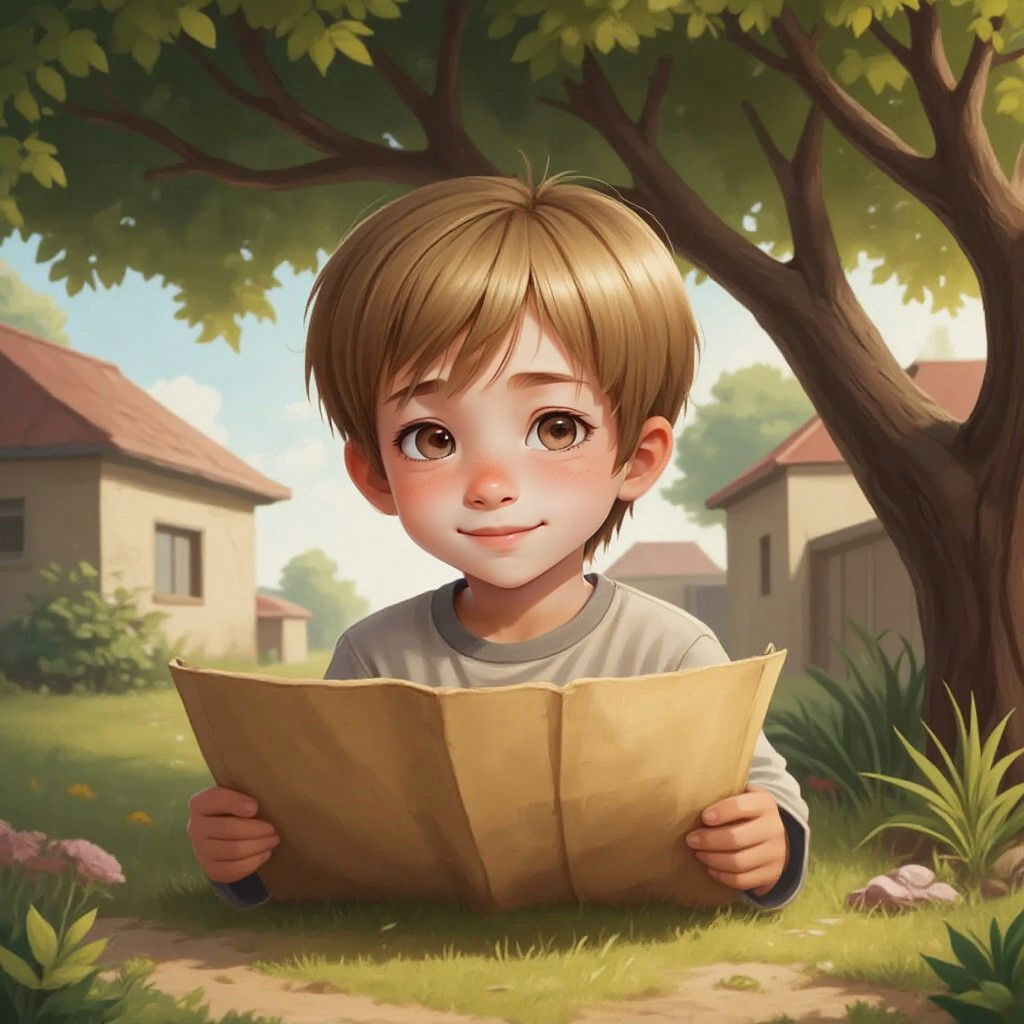
Twins, Easton and Alivia love to laugh and hang fun but also must work together to solve a mystery everyone is counting on them to solve

A child does not know if God loves them. They ask questions to see if God truely loves them

Slide 1: Arrival at Wings of Fate Academy Victoria stood at the gates of Wings of Fate Academy, her heart racing with excitement and nervousness. The tall building, nestled against a cliff overlooking a roaring ocean, seemed as magical as her mother had described. Today marked the beginning of her journey at a school for children with special powers. Slide 2: The Magical Setting As Victoria stepped through the gates, the sound of crashing waves filled the air. She took in the vibrant energy of the academy, where students practiced their unique abilities, creating an atmosphere that buzzed with excitement and potential. Slide 3: Overwhelmed with Wonder Victoria wandered through the courtyard, admiring the academy’s architecture—tall spires, enchanted stone pathways, and lush gardens that seemed to hum with life. She felt a sense of awe and belonging wash over her, knowing that this place was where she would uncover her true potential. Slide 4: Meeting Liam “Hey, first day?” a friendly voice broke her reverie. Victoria turned to see a boy with messy brown hair and bright green eyes. “I’m Liam, fire element,” he said, holding out his hand, which suddenly burst into bright red flames. Victoria jumped back, wide-eyed, uncertain of what to say. Slide 5: A Friendly Introduction Liam laughed, extinguishing the flames with a wave. “Don’t worry. You’ll get used to it. What’s your element?” Victoria hesitated, unsure of how much to reveal. “I’m… fire,” she replied quietly, holding back the full truth about her powers. Slide 6: Encounter with Nina As they navigated the busy courtyard, they bumped into a girl with long dark hair tied back in a high ponytail. “Watch it, Guardian,” she snapped, her sharp blue eyes assessing them. Liam stepped back. “Sorry… You’re a Rogue, right?” “Yeah, I am. Name’s Nina, water element,” she replied. “Be careful; the Guardian life isn’t all it’s cracked up to be.”

Optimus Crime spreads a gas that puts everyone into a deep sleep (including the superheroes). Then he kidnaps all the world leaders and puts them in a secret dungeon. Optimus Crime then pretends to be the world leaders, effectively taking over the world. BUT not for long. Russia’s night gets so cold it wakes up Skyro. Skyro then rushes to Bolero’s house and tells him to go wake up Moro. The Superheroes cannot find Optimus Crime because he had shapeshifted into King Sultan. The Superheroes were confused where to begin. Moro goes to see his good friend King Sultan. King Sultan tricks Moro into the dungeon. In the dungeon Moro sees all the other world leaders. He realises he needs to get help. Moro uses an electrical wire on the wall to text Skyro for help and to tell her about King Sultan. Skyro and Bolero think that Moro is joking around, because Moro likes to tell jokes. Skyro and Bolero decide to go and see King Sultan too. They have a secret question to check for fake people. They ask King SUltan the question. Optimus Crime gives the wrong answer. His cover has been blown. Optimus Crime reveals his true form and an intense battle begins. The warriors manage to apprehend Optimus Crime. The Superheroes find out why Optimus Crime was planning evil. He just wanted to be a part of the Warriors but they had laughed at him and told him to go away. The Superheroes apologized to Optimus Crime and allowed him to join the warriors. He changed his name to Optimus Prime and they lived happily ever after.

The raccoon teaches the little bunny to put on clothes.
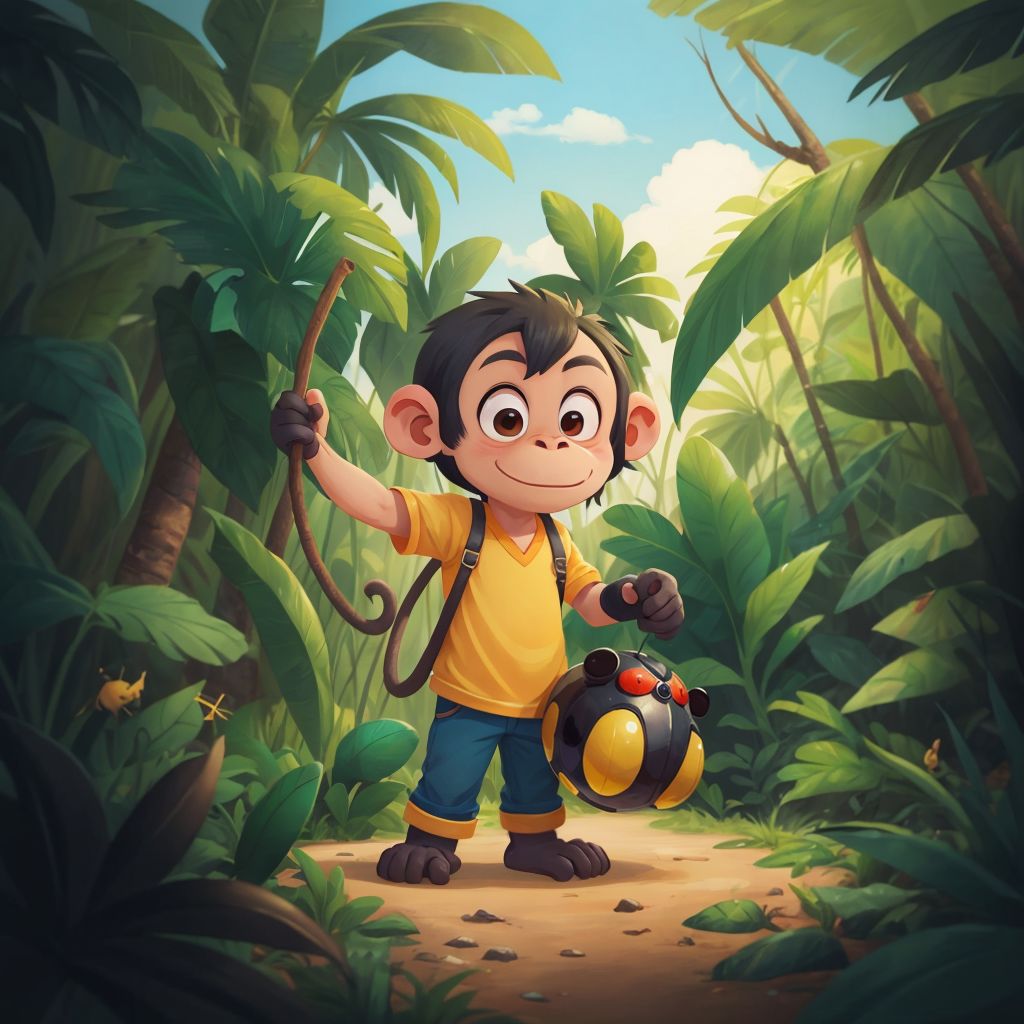
Opie and Calvin are playing in the jungle. They search for bugs with sticks til Calvin sees that Opie found a bigger bug. He gets jealous and whacks Opie with his stick. Opie goes crying to their mama chimpanzee. She puts them in time out. Later in the day, while she is preparing their dinner, Opie spots some bananas that he wants to eat. He sneaks to get one while his mom isnt looking.
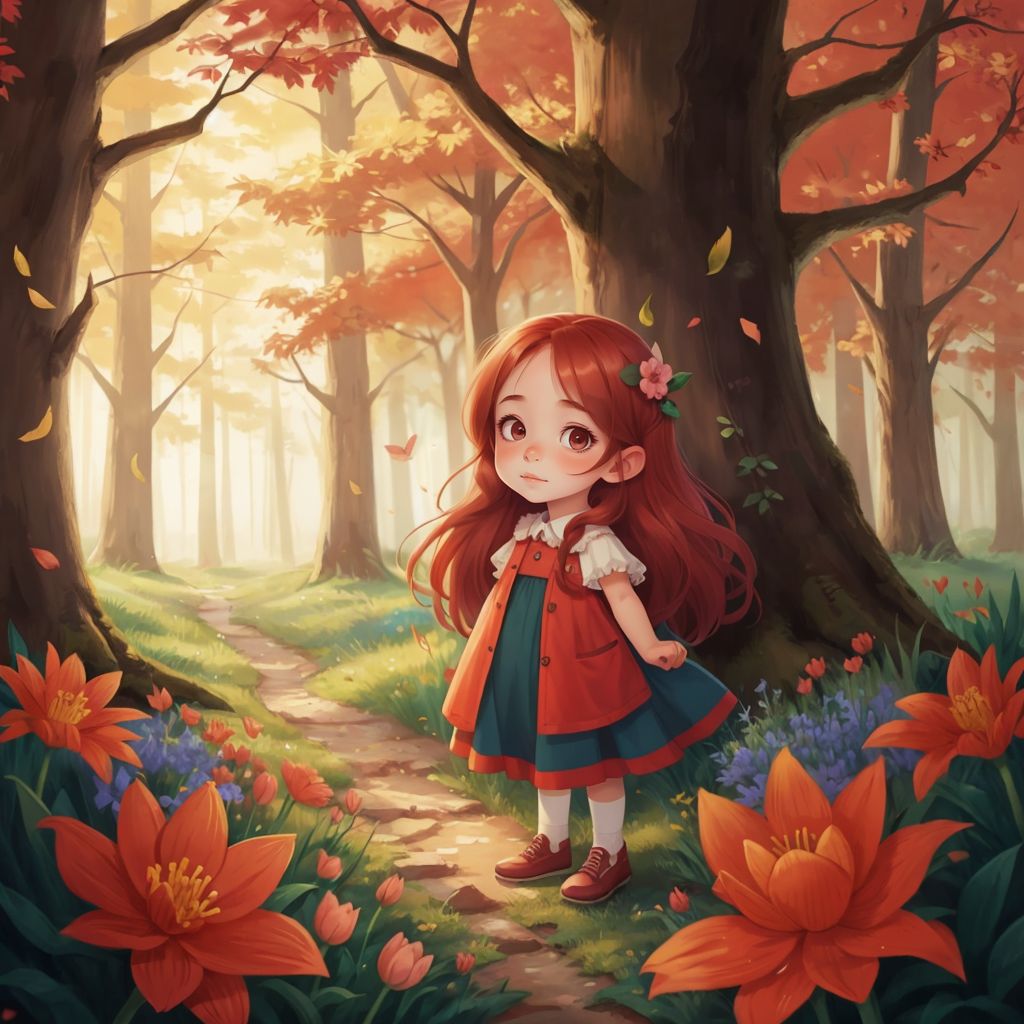
little girl wanders through an enchanted forest and stumbles on a lost baby dragon

Continuing the story of Luna and Max. In this one I want it to be about Luna fear of Dark and how she overcame it. Again in the dreamland where she and Max are playing and then Luna meets Starlight and Starlight Helps her with that fear

"Join Luna and Ella in the heartwarming tale of sisterhood in the charming town of Harmonyville. Luna, with her sparkling blue eyes and boundless energy, finds herself navigating the ups and downs of having a little sister, Ella, who is determined to follow in her footsteps. Through a series of adventures and a gentle lesson from the winds of fate, Luna discovers the true magic of sisterly love. 'Luna and Ella: A Sisterly Surprise' is a delightful story of understanding, compassion, and the joy that comes from embracing the unique bond between siblings, reminding us all that love grows even in the most unexpected places."

mom brought little Mia to kindergarten for the first time and there were a lot of children there and mia got scared and hid behind the mom
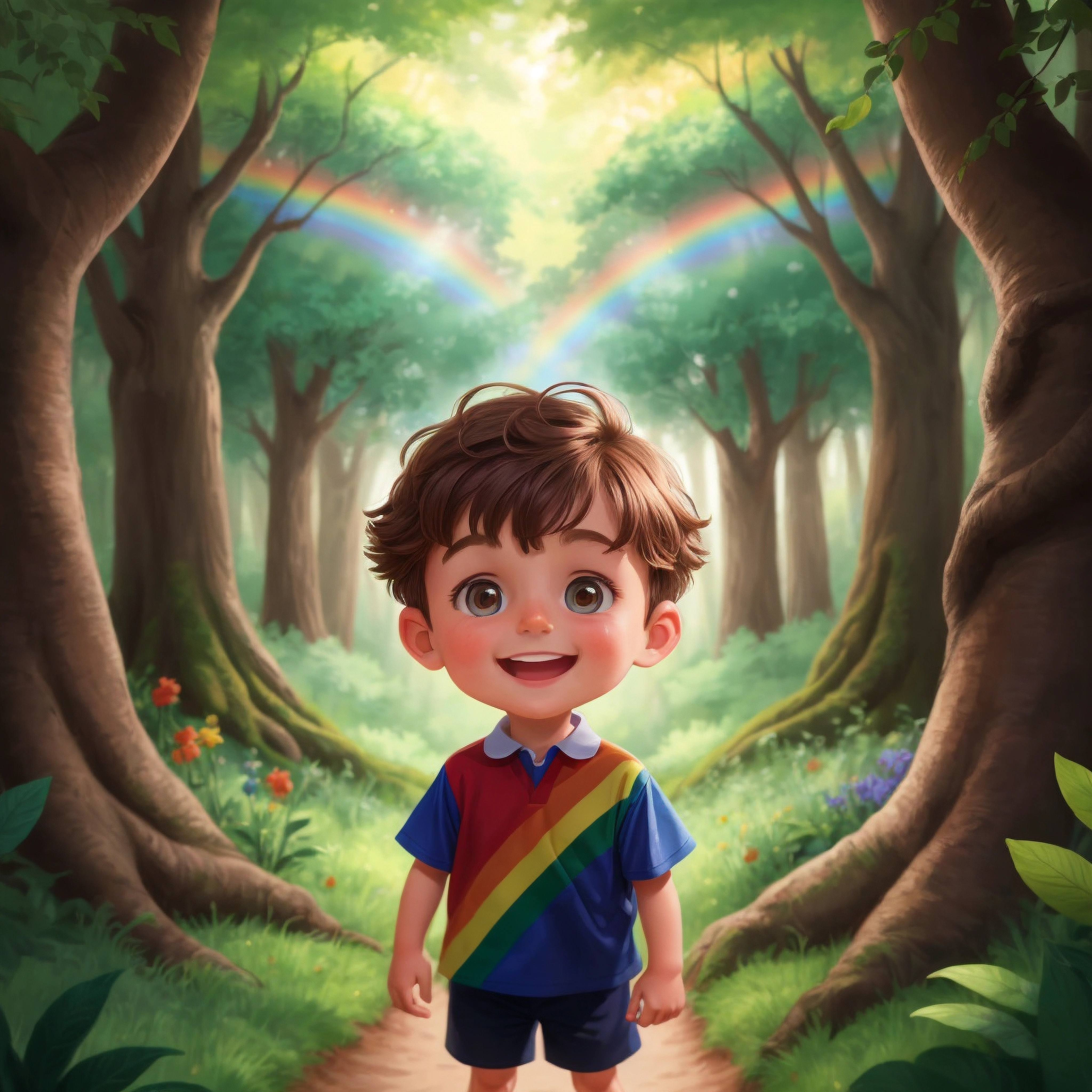
boy learns his colors as he wanders through the forest

a little girl who is a dreamer and a mermaid and singer, she has curly hair, and is very cute, she is 4 years old and loves to sing, she loves her mom and dad, and she dreams of being a singer, she likes acting, her parents love her, her father is brown a little chubby and the mother is like her daughter with straight black hair short to her shoulders, the father is a little taller than the mother

Grandma always has the habit of taking a nap, the hot summer, the endless chirping of cicadas, and the ripe tomatoes.

Siblings discovering the magic of christmas
